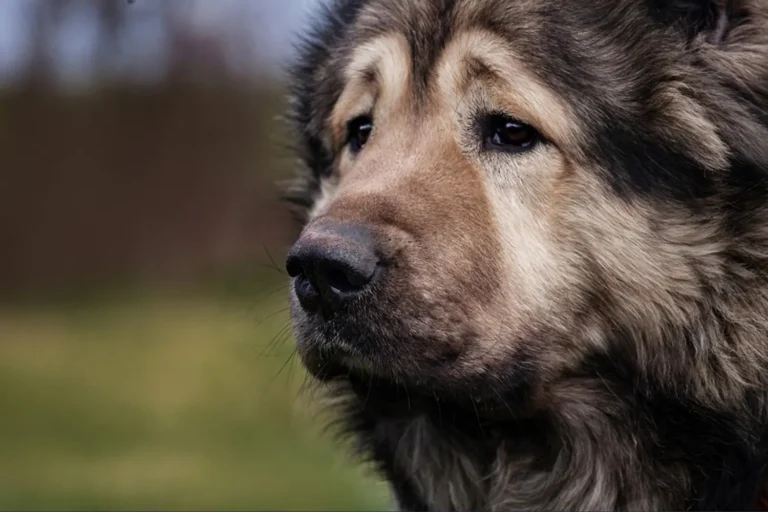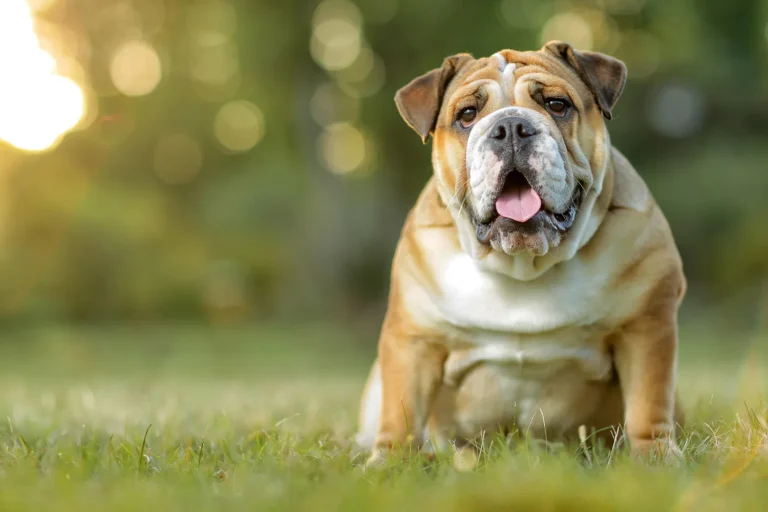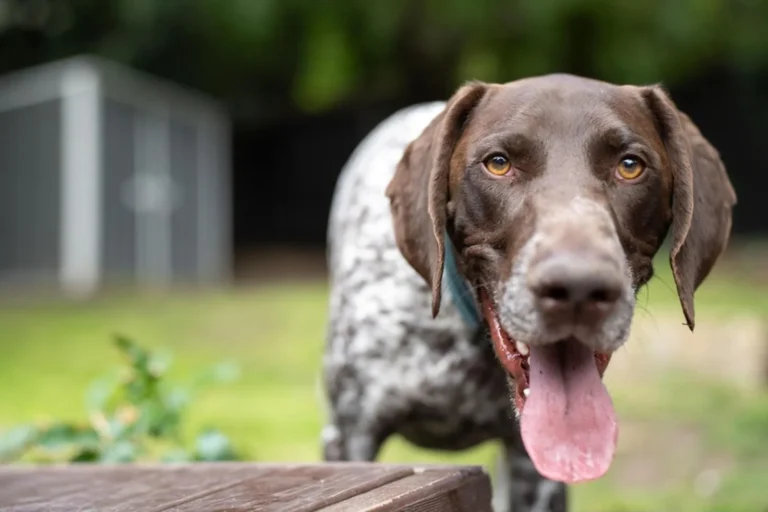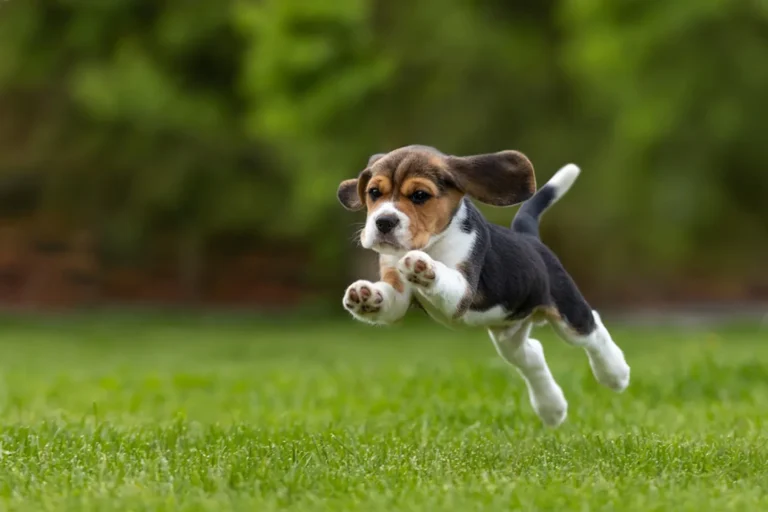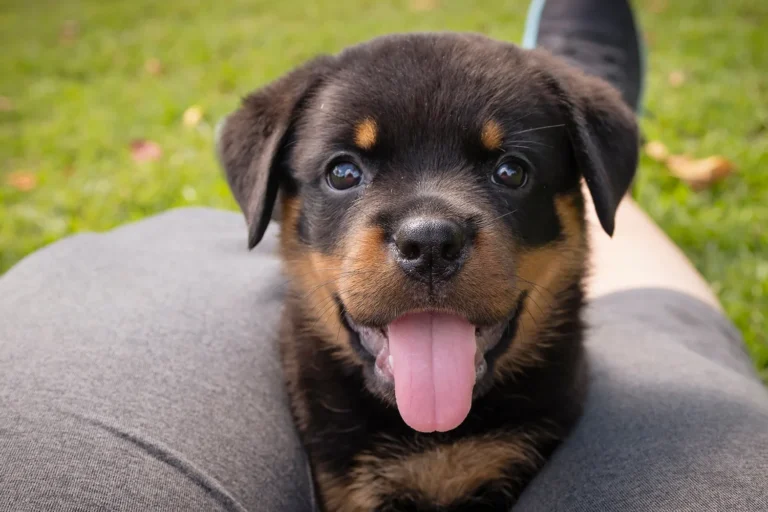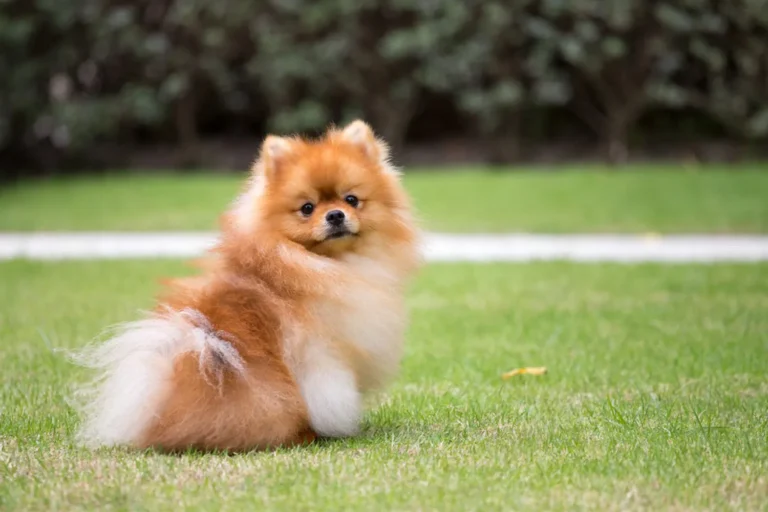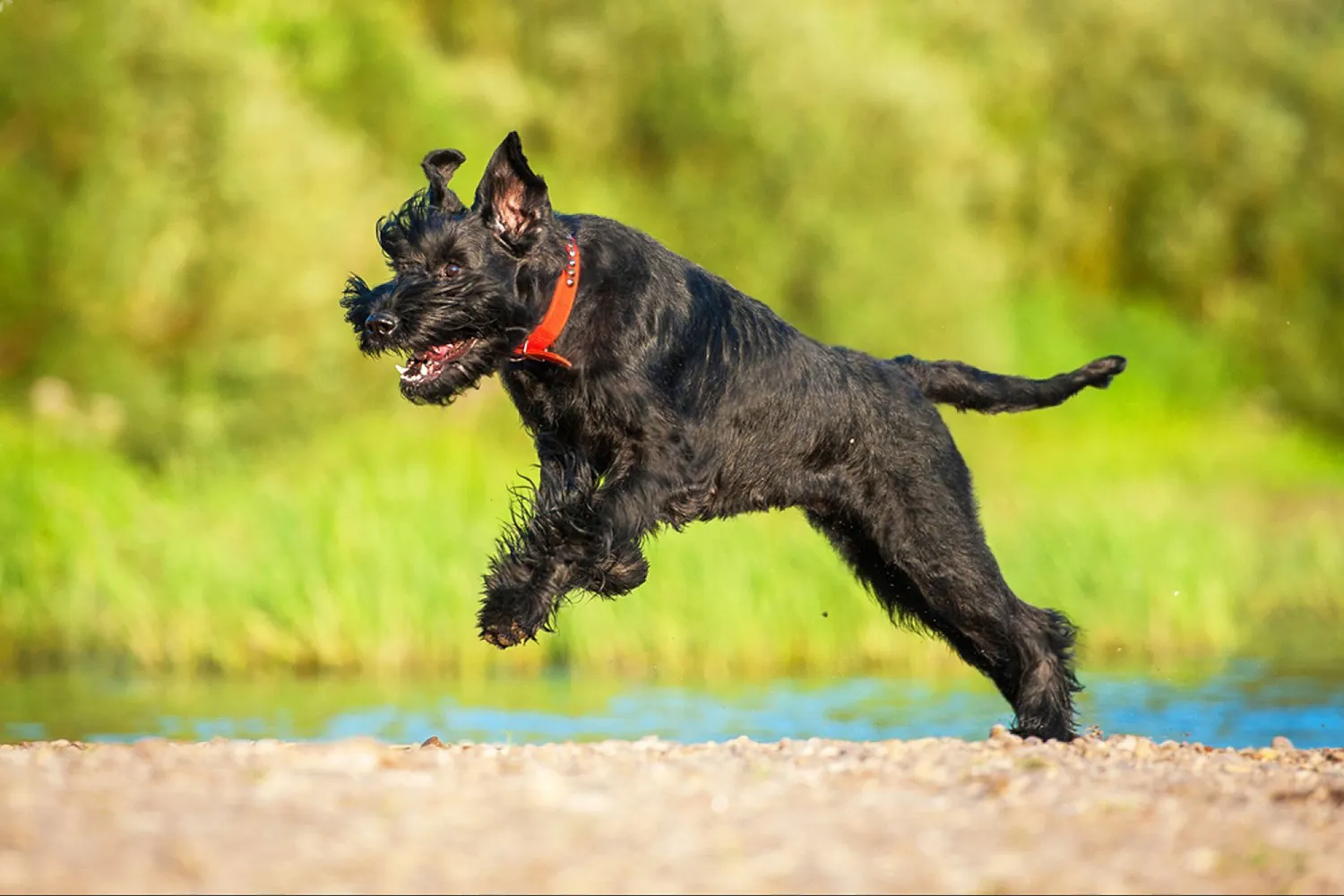
The Giant Schnauzer turns heads wherever they go, partly because they look like a noble statue come to life and partly because… well, they’re big. Under that imposing frame is a fiercely loyal, brave companion who takes their job of “being with their person” very seriously. I remember the first time a neighbor met mine she whispered, “Is that a small horse?” Five minutes later, he was leaning into her for ear scratches like an oversized teddy bear.
If you’re active and love the outdoors, this breed can be your shadow on the trail. They thrive on work: long hikes, brisk runs, agility, even learning silly tricks it all counts. Strong and smart, they need clear, consistent training and early socialization; a good recall and leash manners are worth their weight in gold with a dog this powerful. Give them daily exercise plus brain games, and you’ll have a devoted partner. Bonus tip from my kitchen: keep a towel by the water bowl. That magnificent beard is a built in splash zone.
What is the history & origin of the Giant Schnauzer?
Before these big bearded beauties were trotting around show rings, they were all business in the German countryside. Bred in southern Germany, especially around Bavaria, the Giant Schnauzer started out as a rugged farmhand driving cattle to market, guarding stockyards and butcher shops, and generally being the sturdy, steady worker everyone wanted by their side. Thanks to their imposing size and serious expression, plenty of them pulled double duty as guard dogs, too. I remember meeting an older farmer outside Augsburg who laughed that his family’s Giant “collected tolls” from anyone who wandered near their cattle paid in head pats and a respectful wide berth.
The breed likely came from crossing the Standard Schnauzer with larger dogs to add size and strength breeds like the black Great Dane and, many believe, the Bouvier des Flandres. When you look at a Giant’s weatherproof, wiry coat and that iconic beard, it makes sense: it’s practical gear for thorny fields and nippy cattle, not just for style. A breeder I spoke with in California once said her Giants still have that “clock in, clock out” mindset give them a job and they’re happiest, whether it’s herding, carting, or guarding the yard like it’s Fort Knox.
For a time, the breed was known as the Munchener (a nod to Munich), and it had a loyal following in Bavaria. As cities grew and the old cattle routes faded, the Giant Schnauzer found a new calling. In the early 1900s, they were trained as police dogs in Berlin and other German cities, valued for their intelligence, focus, and presence. I’ve seen that switch flip in a Giant’s eyes playful one moment, all business the next. It’s a trait that makes them incredible partners when properly trained and mentally engaged.
When the breed made its way to the United States, enthusiasts organized quickly. The Giant Schnauzer Club of America was founded in 1962, and today the breed is recognized by the American Kennel Club. If you’re thinking about bringing one into your life, remember their roots: these dogs are workers at heart. A little daily “job” advanced obedience, nose work, or even a backpack on a hike goes a long way. I learned the hard way that a bored Giant will invent its own career, and you may not love the results.
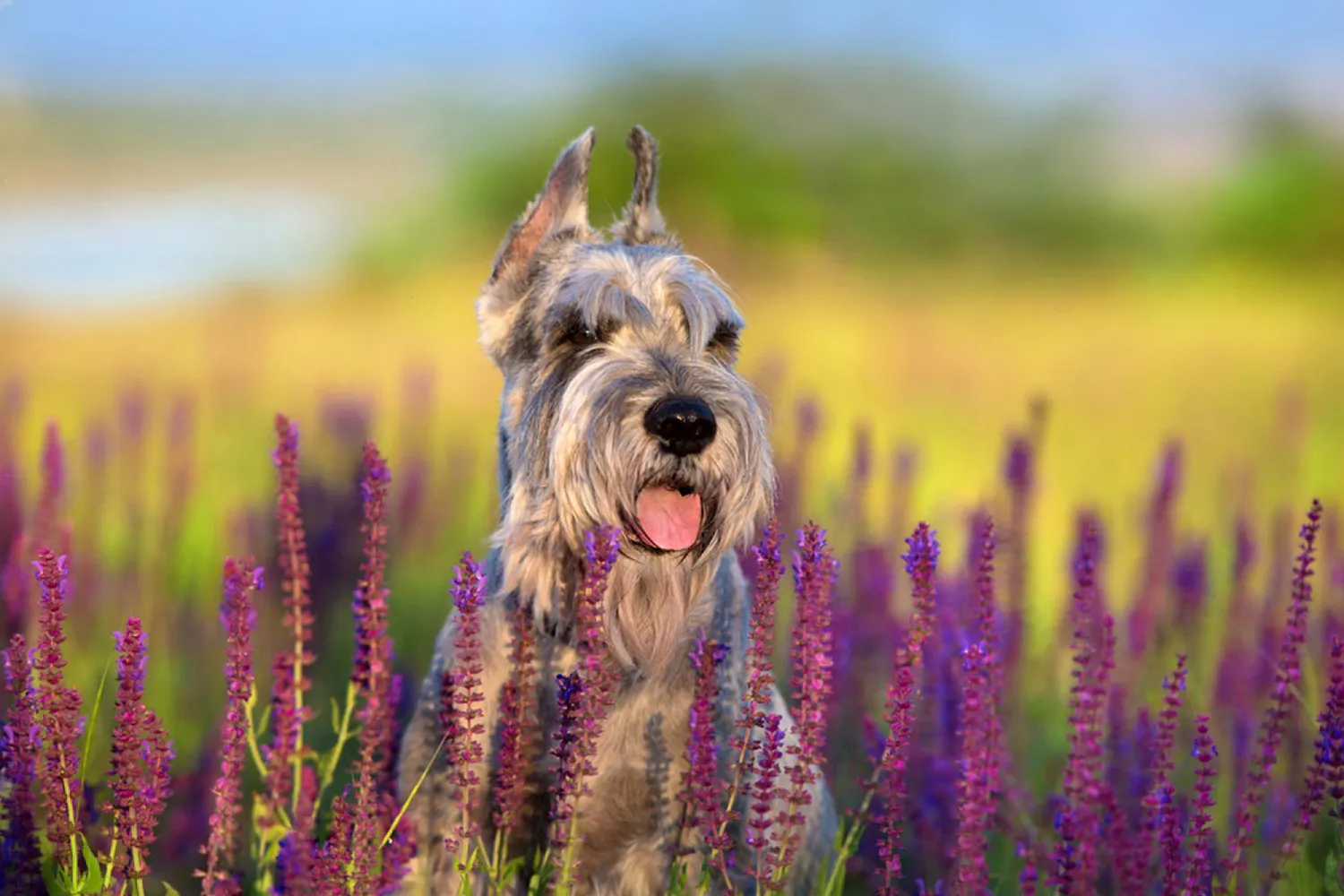
What Is the Giant Schnauzer?
Picture a big, bearded shadow trotting at your side and you’re halfway to understanding a Giant Schnauzer. Born in 17th century Germany, this is the largest of the three schnauzer siblings, and that size can make people pause at first glance. I’ve watched neighbors take a respectful step back when my friend’s Giant bounded up, only to melt a minute later when he leaned in for a polite head scratch. They’re imposing to look at, sure, but with their people they’re often gentle, loyal, and a little bit goofy.
Their coat usually comes in two classic looks: solid black, or that salt and pepper mix that gives them a dappled elegance. On the salt and pepper coats, the lighter flecks like to settle on the eyebrows, throat, chest, and legs, so it’s like they’re wearing a built in tuxedo with highlights. And of course, there’s the signature schnauzer face: pronounced eyebrows and a proud moustache that makes every expression unforgettable. One time I forgot a towel by the water bowl and learned the hard way that a wet schnauzer beard can transport half the bowl across your kitchen. Grooming tip from experience: keep a small towel handy and comb that beard often to keep crumbs and drips under control.
If their size makes you hesitate, know this: confidence and early guidance go a long way. Start training and socializing early so all that big dog energy has good manners to match. They’re bright and eager, so mix in brain games with daily walks think scent games in the yard or a puzzle toy after dinner. And don’t be surprised when those expressive brows do the heavy lifting during “one more treat?” negotiations. With the right routine and a bit of humor, living with a Giant Schnauzer feels less like managing a giant and more like sharing life with a very distinguished, very devoted friend.
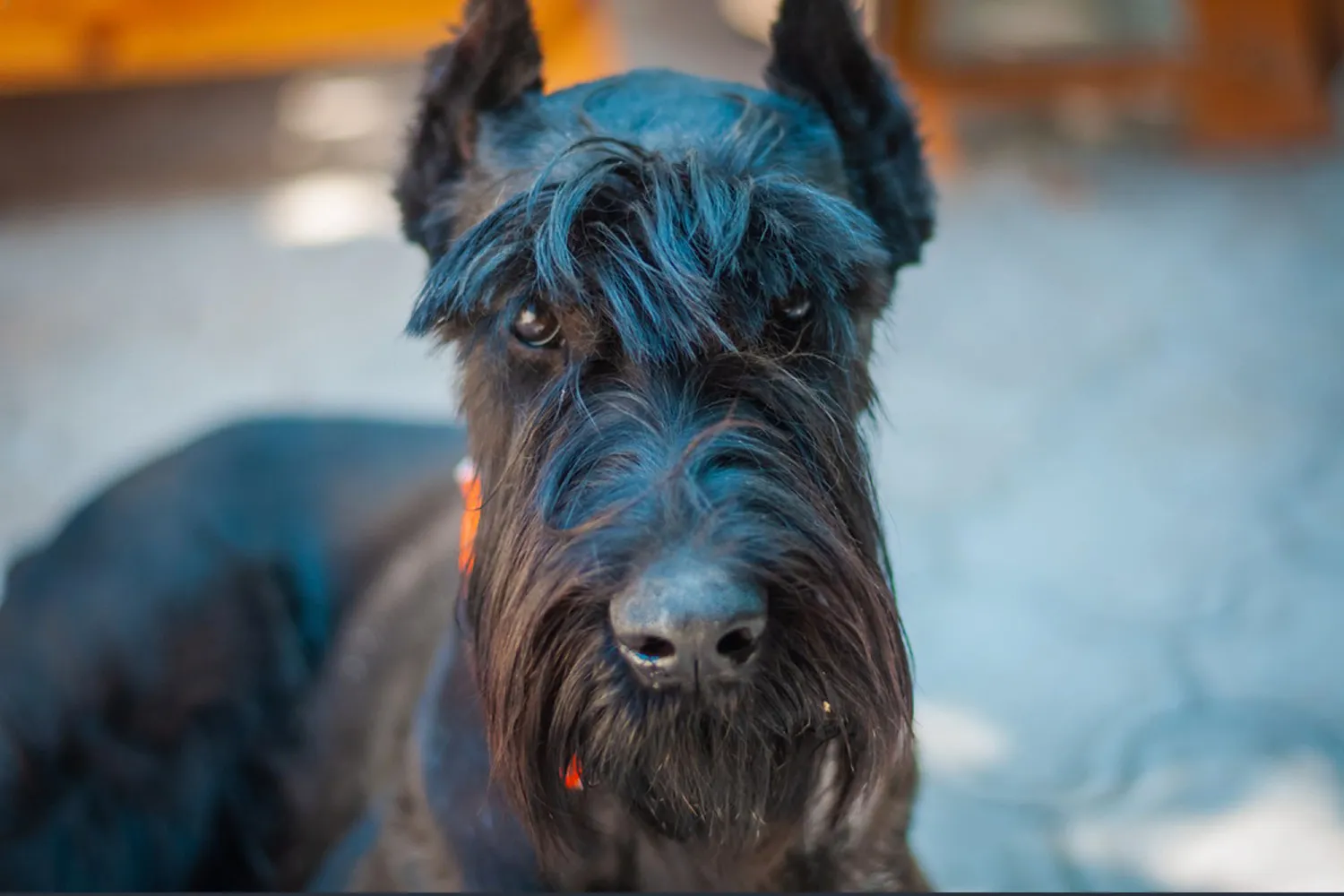
Who Is a Giant Schnauzer Best For?
I once watched a Giant Schnauzer at a search and rescue demo switch from goofy playmate to laser focused professional in a heartbeat. That pretty much sums them up: family companions with a serious working streak. They’re still prized in police, military, and rescue roles, and at home they’re happiest when they have a job to do training sessions, structured games, or any activity that keeps their big brains and bigger bodies engaged.
If your household buzzes with activity, a Giant Schnauzer will fit right in. Think daily, vigorous exercise two solid outings plus some purposeful play. Mine loved “find it” games with hidden treats and short backyard agility setups using garden chairs and broom handles. Bigger properties suit them best because they love to stretch those long legs, and a securely fenced yard is a real perk. They’re playful and athletic, so hikers, runners, and folks who enjoy weekend adventures usually make excellent matches. Also, plan for grooming; that handsome, wiry coat needs regular brushing and periodic professional care to look and feel its best.
Training wise, they’re whip smart and strong willed. This combo is thrilling if you’ve handled working breeds before, but it can overwhelm first time owners. A friend of mine tried one as a first dog and quickly realized “clever” can mean “outsmarting you at every turn.” Consistent boundaries, early socialization, and ongoing training are musts. If you’re newer to dogs but set on the breed, line up a reputable trainer, join a local working dog club, and be ready to invest time every single day. For experienced owners with space, structure, and energy to spare, a Giant Schnauzer is an incredible, loyal partner who truly shines when given purpose.
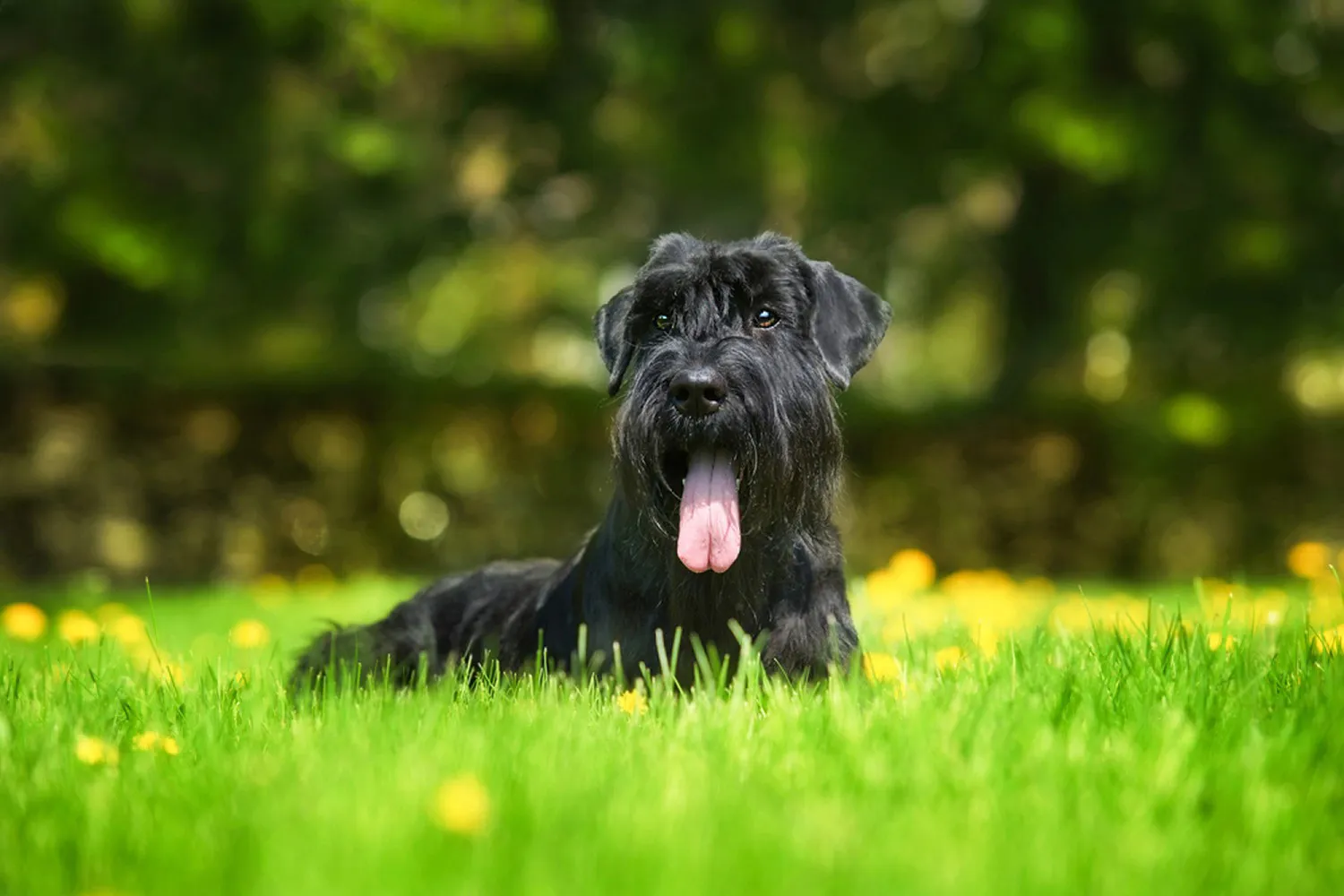
Giant Schnauzer Grooming and Shedding
That big, unmistakable Giant Schnauzer coat is both wiry and dense, with a tough outer layer and a soft undercoat tucked underneath. It looks rugged for a reason, but it does need steady upkeep. A stiff bristle brush is your best friend for getting through both layers; I also keep a metal comb nearby to “proof” my brushing. If the comb snags, I know I need a few more passes. Aim for a good brush out a few times a week, paying special attention to the beard, legs, chest, armpits, behind the ears, and anywhere a collar rubs. Those are the hot spots for sneaky tangles and mats.
To keep that classic harsh texture, Giants do best with hand stripping rather than clipping. Hand stripping removes dead outer hairs so the new coat can grow in properly, and it really helps control shedding. Most folks schedule a full strip about every four to six months. You can learn to do it yourself with a stripping knife, pumice stone, or even your fingers, but it’s a skill. The first time I tried, I set a timer for short, gentle sessions and paid in treats like I was negotiating a peace treaty. If you’re not comfortable, find a groomer experienced with hand stripping ask to see examples of their Schnauzer work.
Clipping is perfectly common, but it changes the coat texture, making it softer and more likely to shed and mat. After a clip one summer, I noticed more hair on my clothes and had to brush more often. If you do clip, be proactive with your maintenance brushes and plan on more frequent tidy ups.
Bathing can be every few weeks or when your dog is actually dirty; just make sure they’re fully dry before you brush or you’ll create more tangles. I like to use a cool blow dryer and brush as I go to lift the coat. The furnishings the beard and leg hair deserve extra love. I keep a small towel by the water bowl because Schnauzer beards are notorious for collecting snacks and puddles. A quick wipe after meals keeps stains and smells down, and a spritz of detangler before combing the beard goes a long way.
Round out the routine with basic hygiene. Brush teeth regularly, and trim nails as needed so they don’t click on the floor every few weeks for most Giants. Check ears weekly and keep them clean and dry; your vet or groomer can advise on any ear hair management. A little trim of the hair under the paw pads keeps traction solid on slick floors.
If you build a rhythm ten minutes here, a longer session there Giant Schnauzer grooming becomes surprisingly manageable. And the payoff is big: a handsome, weatherproof coat that sheds less, stays cleaner, and shows off that bold Schnauzer silhouette we all love.
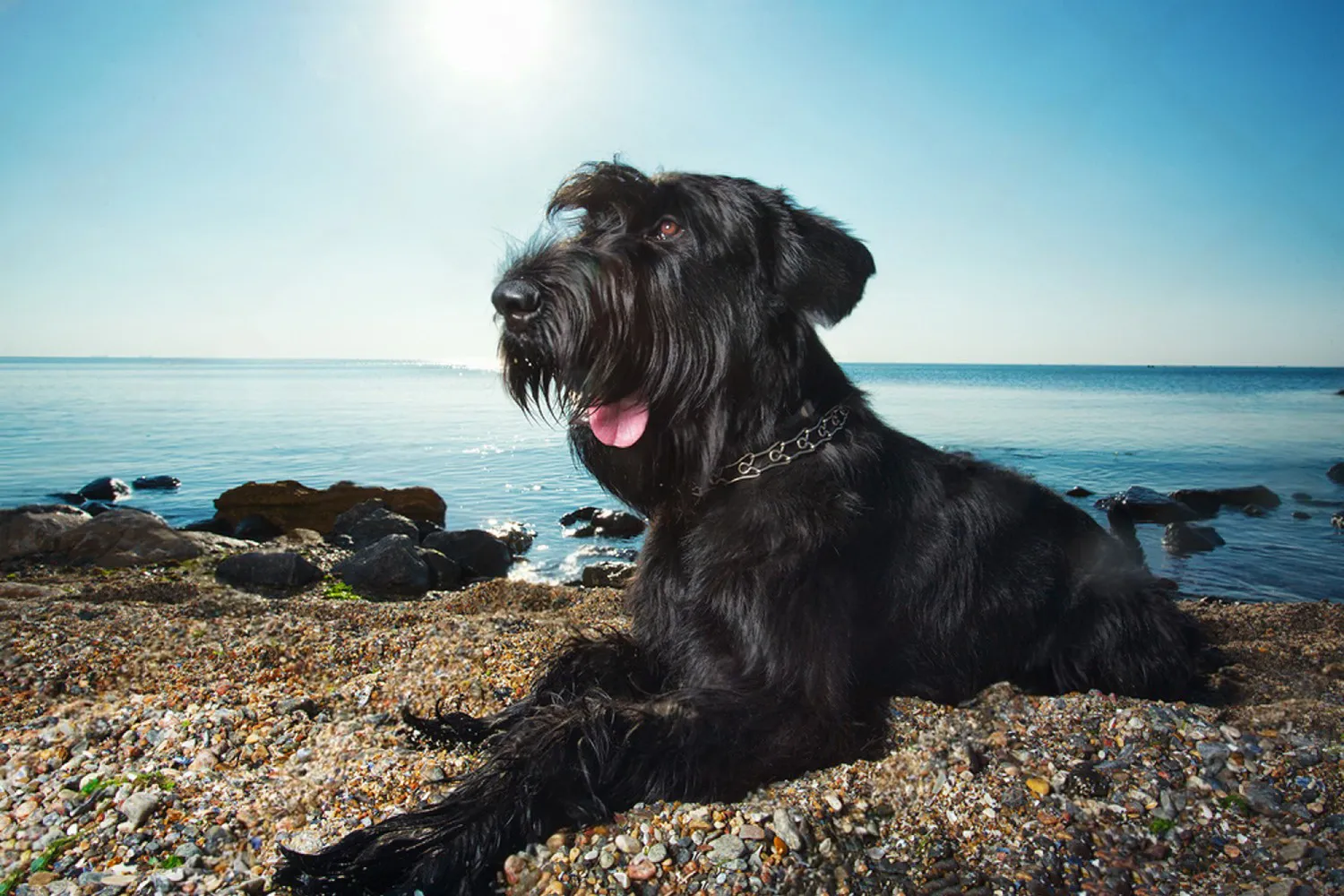
Do Giant Schnauzers Bark a Lot?
Short answer: yes, they can be quite vocal. Giant Schnauzers are smart, watchful, and naturally inclined to alert you to anything unusual, which makes them excellent watchdogs. When my neighbor brought home his first Giant, we joked that the doorbell was officially out of a job. Trucks, squirrels, a suspiciously wiggly leaf these dogs notice it all and aren’t shy about telling you.
That said, not every bark is a “stranger danger” announcement. They may bark when they’re startled or frightened, and I’ve seen hunger turn into a chorus right around dinnertime. A bored or under exercised Giant Schnauzer can also become a commentator on everything, and if they’re feeling down or lonely, that can show up as more vocalizing, too. When I fostered a Giant for a few weeks, the biggest breakthrough came after I doubled his mental exercise short training games, scent work in the yard, puzzle feeders suddenly, the neighborhood soundtrack got a lot quieter.
If you don’t want a loud household, there’s hope. Teach a reliable “quiet” cue by calmly rewarding those moments of silence, and manage their environment frosted window film and a white noise machine made a big difference for me. Keep meals predictable so hunger doesn’t become a megaphone, and give them a job every day: brisk walks, obedience practice, or even a flirt pole session to burn off steam. If the barking changes suddenly or seems tied to anxiety or low mood, check in with your vet or a trainer. With structure and plenty to do, a Giant Schnauzer’s voice becomes a helpful heads up, not a constant broadcast.
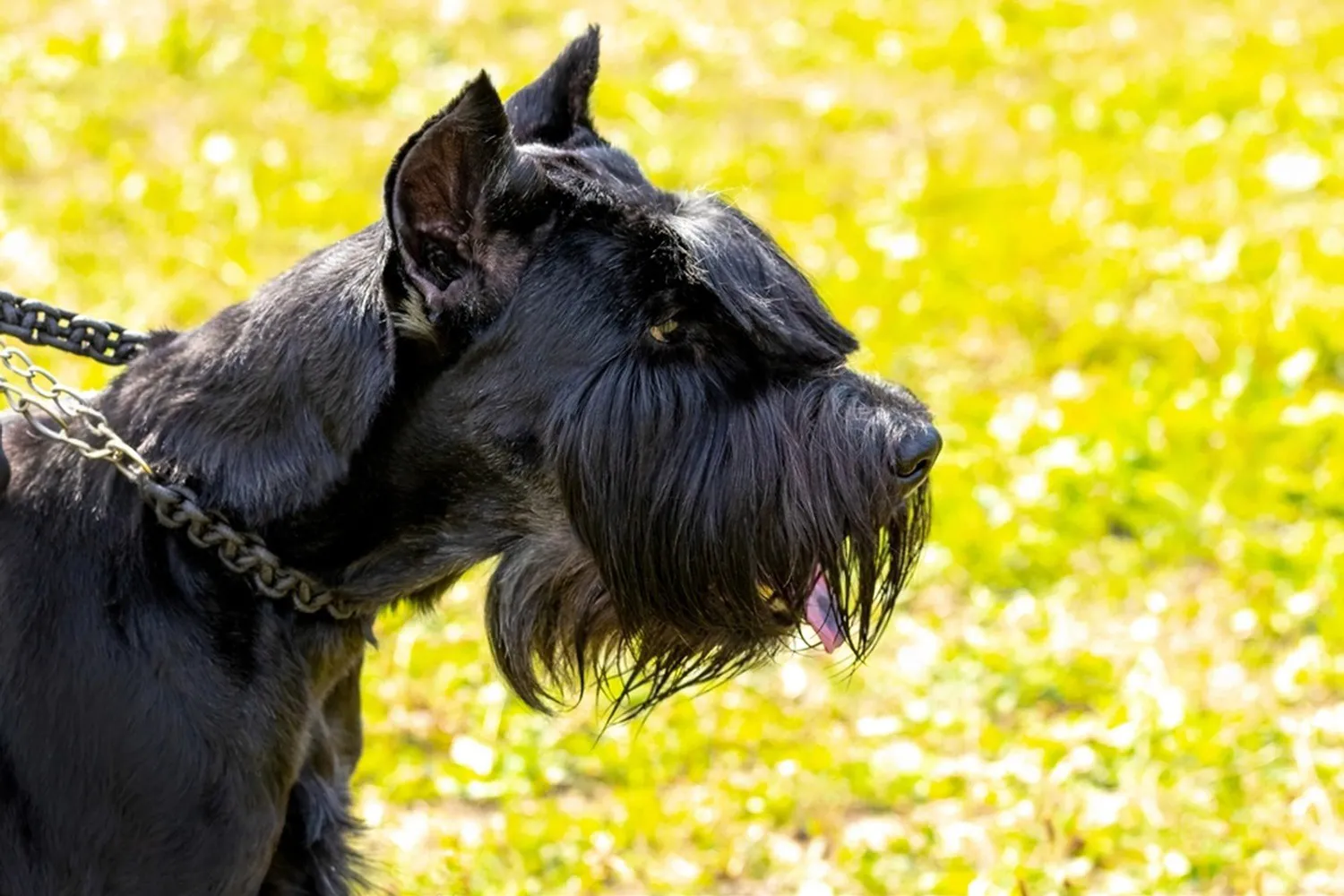
Average Weight and Height of a Giant Schnauzer
The Giant Schnauzer has definitely earned that “giant” title. They’re big, bold, and wonderfully sturdy right up until bath time, when you realize you might need a game plan (and possibly a second pair of hands). An adult Giant Schnauzer typically stands about 60 to 72 cm at the shoulder and weighs around 30 to 40 kilograms. For my friends who think in imperial, that’s roughly 23.5 to 28.5 inches tall and 66 to 88 pounds. In my experience, males tend to sit at the higher end of those ranges, with females a bit lighter, but they’re all solid dogs with impressive presence.
Living with one taught me a few practical tricks. For lifting or guiding a heavy dog, a car ramp is worth its weight in gold, and teaching cues like “up” and “stand” makes bath time smoother. I keep a non slip mat in the tub and a stack of towels nearby trust me, those eyebrows hold more water than you’d think. If you’re curious about height, measure at the shoulder (not the head), and for weight, hop on a home scale with your dog, then subtract your own weight if you can’t get to a vet scale. Most importantly, aim for a healthy body condition rather than chasing a number Giant Schnauzers love to lean like furry boulders, and you’ll feel every extra kilo when they do!
https://en.wikipedia.org/wiki/Giant_Schnauzer
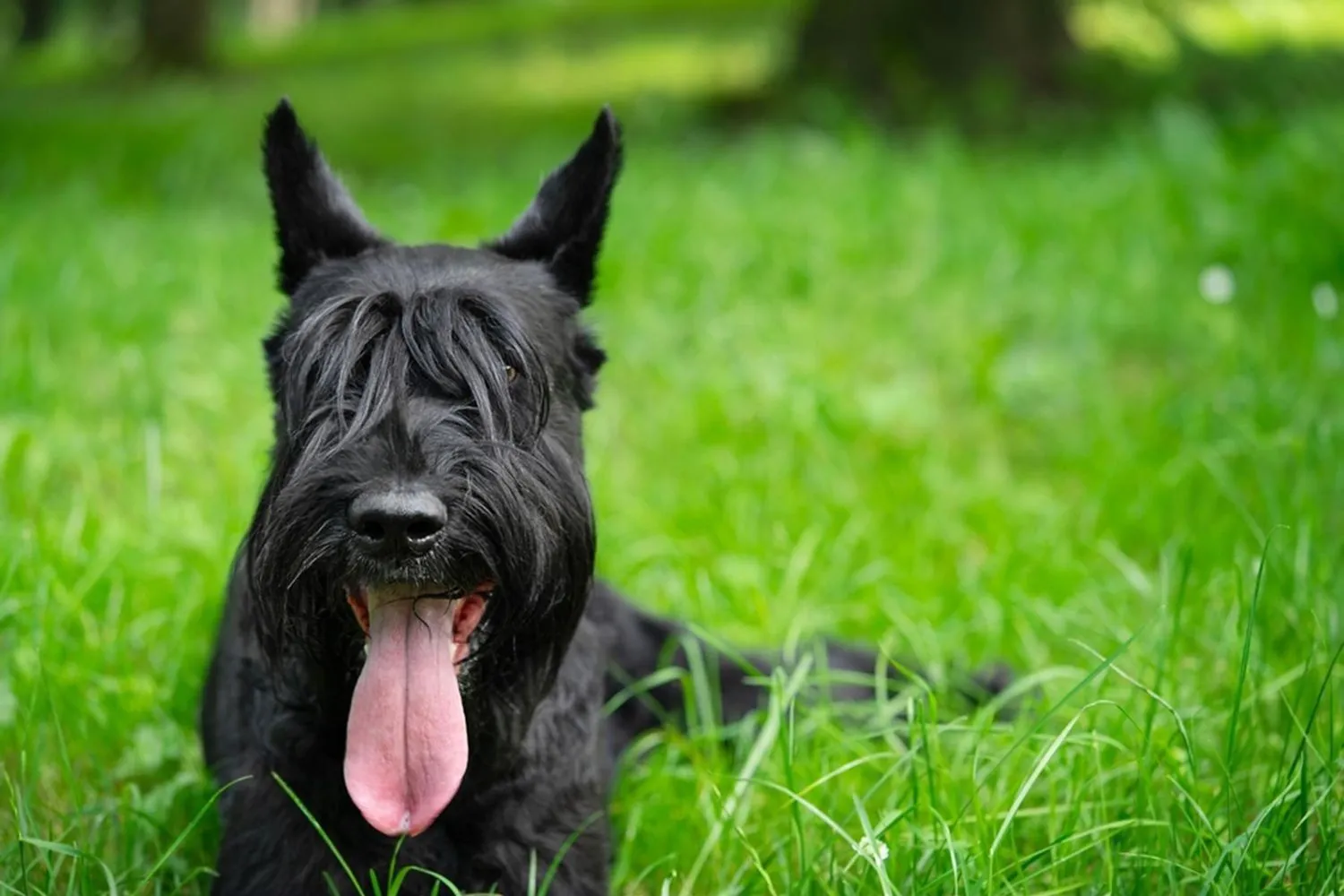
Are Giant Schnauzers Easy to Train?
Short answer: they’re wonderfully trainable, but not exactly “easy,” especially if you’re brand new to dogs. Giant Schnauzers are whip smart working dogs with big engines and even bigger opinions. They learn fast, but they also test boundaries think gifted teenager with car keys. When I helped a friend with her Giant, we spent the first few weeks just working on calm greetings and impulse control. Once the rules were clear and consistent, that dog soaked up training like a sponge.
Space matters with this breed. They’re not a good fit for apartments or tiny studio living. A larger home with room to roam is much better, along with an active household that actually enjoys getting outside. Plan on about an hour of daily exercise, ideally split into chunks to keep them from getting bored. I like a morning jog or brisk walk, a lunchtime sniffari around the block, and an evening game of fetch or tug. Mental workouts are just as important: puzzle feeders, scent games, short trick sessions, and structured obedience keep their busy brains humming. Giants are notorious diggers and chewers, so give them legal outlets think a designated dig spot in the yard, sturdy chew toys, and rotating activities. A frozen stuffed Kong has saved more than a few chair legs in my house.
For training, experienced handlers generally have a smoother time. These dogs respond best to positive reinforcement, clear boundaries, and consistent routines. Start early with socialization, leash manners, and cues like settle, leave it, and recall. Crate training can be a lifesaver while they’re young and mouthy. If you’re a first time owner, I’d strongly suggest teaming up with a reputable trainer and considering dog sports like scent work or agility to channel that drive. With the right structure and plenty of outlets, a Giant Schnauzer becomes an impressive, loyal partner but they’re not a casual, “set it and forget it” kind of dog.
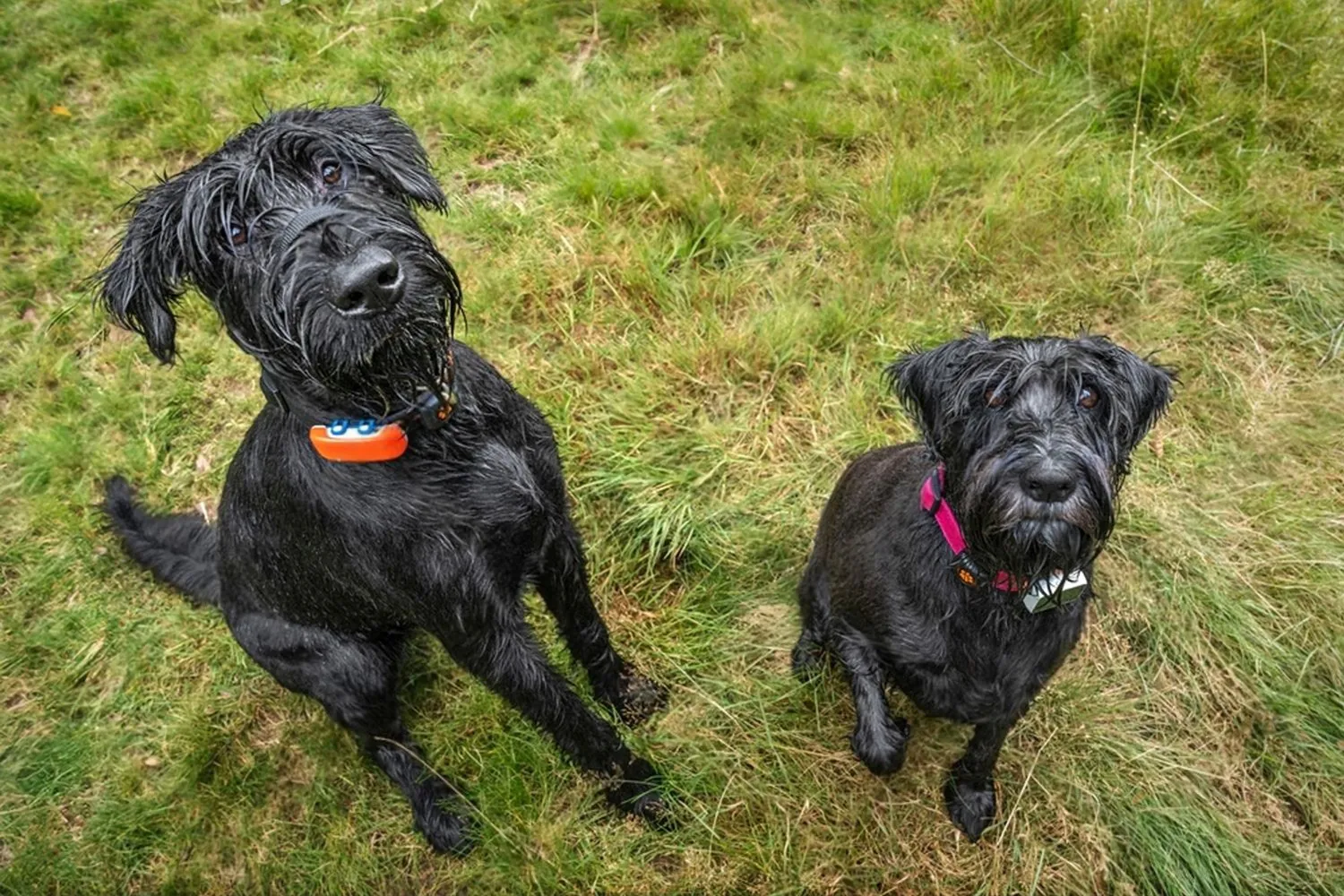
How Do Giant Schnauzers Behave? A Look at Their Temperament and Personality
The first time you meet a Giant Schnauzer, you notice the composure. There’s a calm, loving steadiness about them that feels almost old soul. Despite their size, they’re often gentle with their people, leaning in for head rubs like they’ve known you for years. At home, they’re devoted and affectionate very much the “bearded shadow” type who likes to keep tabs on the family. I once dog sat a Giant who would do a quick sweep of the house every evening, then flop down at my feet as if to say, “All secure. Now we relax.”
That said, these dogs are serious about their job as natural guardians. Their deep, no nonsense bark and keen awareness make them excellent watchdogs. If you want a dog who will alert you and be naturally protective, a Giant Schnauzer checks that box. The flip side is teaching good manners around guests. I recommend teaching “place” and “enough” early on so they learn to settle when you open the door. A delivery driver once triggered a full security announcement from my friend’s Giant; after a few weeks of consistent practice, he’d trot to his bed on cue and watch quietly. The guarding instinct stayed, but it became thoughtful instead of over the top.
Giant Schnauzers are incredibly smart sometimes hilariously so. They pick up patterns fast, and if you slack on structure, they’ll write their own rules. Mental and physical work is the secret sauce. Think brisk walks with focused heeling, short training sessions, scent games in the yard, and a weekly sport like rally, obedience, or nose work. A breeder I spoke with in California swore by backpack walks: a light pack on a hike gave her Giants a “job,” and the difference in calmness at home was night and day. My go to rhythm is 45 minutes of active exercise, plus 15-20 minutes of training and puzzle play. It’s not about exhausting them it’s about engaging their mind.
With other dogs, Giants can be confident and a bit pushy without guidance, but with early socialization and clear rules, they’re as well rounded as any breed. I’ve seen a teenage Giant go from bowling over playmates to reading doggy signals beautifully after a month in a structured play and train class. For newer owners, a good trainer is a smart investment. Be kind, be consistent, and be ready to give this brainy, loyal dog something meaningful to do. In return, you get a steadfast companion who loves hard, watches over your home, and settles in like the best kind of family.
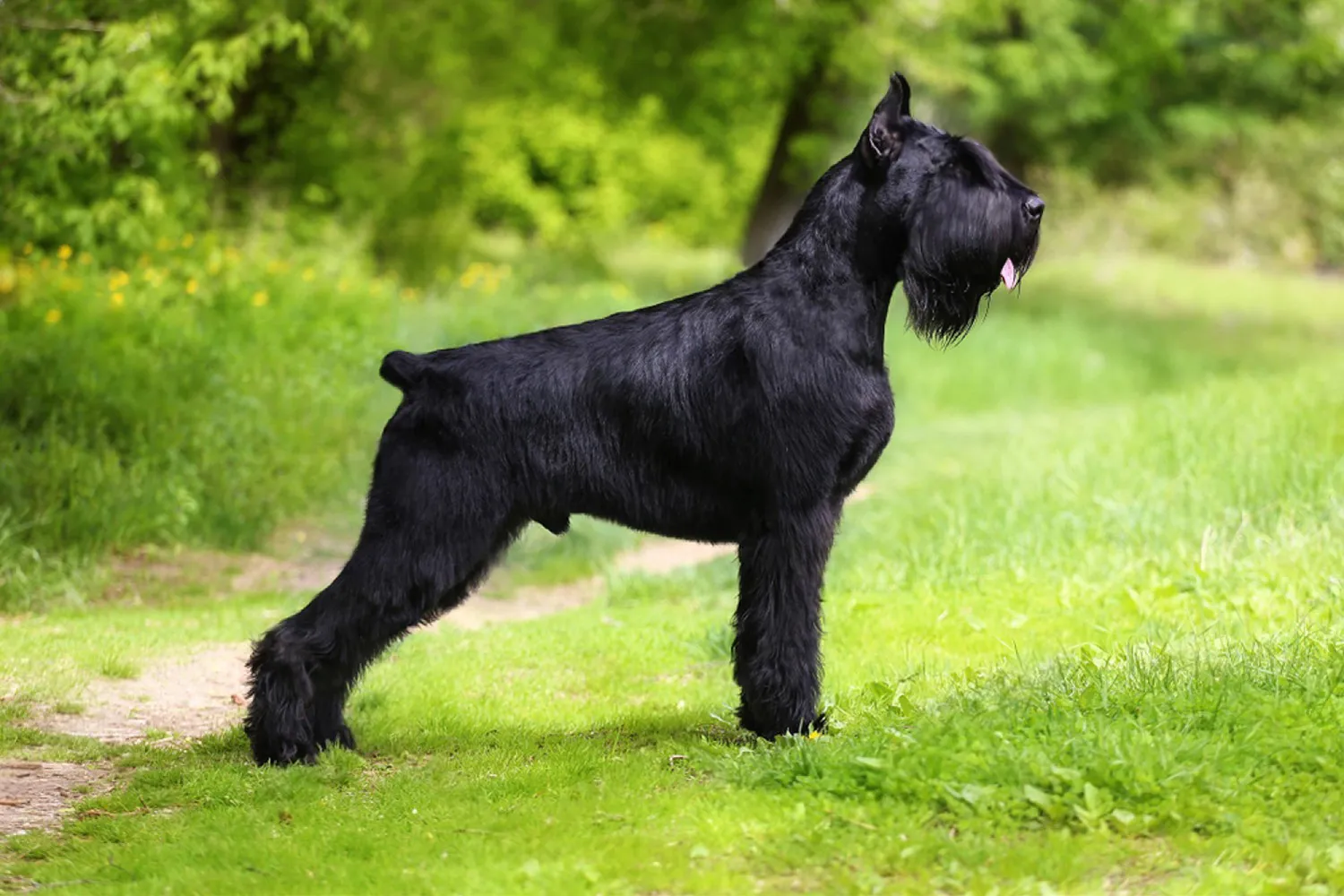
Do Giant Schnauzers Have Common Health Issues?
Giant Schnauzers are big, bold, and full of character but like all breeds, there are a few health concerns worth having on your radar as they grow. I always tell new owners that a little awareness goes a long way; catching things early can make life easier for both you and your pup.
One issue to watch for is Osteochondrosis Dissecans (often called OCD), which affects the elbows and shoulders. It leads to painful joint stiffness that can worsen over time. In real life, this can look like a pup that suddenly doesn’t want to jump into the car, hesitates on stairs, or has a limp after play. A friend’s young Giant started “bunny hopping” after zoomies turns out his shoulders were sore from too much high impact exercise too soon. If you notice anything like that, check in with your vet. In the meantime, keep play sessions controlled while they’re growing, stick to non slip surfaces in the house, manage weight carefully, and avoid repetitive high impact activities until your vet gives the all clear.
Another condition seen in the breed is autoimmune thyroiditis, a heritable disease where the thyroid doesn’t produce enough hormone. You might notice low energy, irregular heat cycles in females, fertility issues, or even subtle changes like a dull coat or weight gain despite the same diet. One of my Giants went from “let’s go!” to snoozing through hikes; a simple thyroid panel confirmed low thyroid, and with daily medication she perked right back up.
A few practical tips: ask breeders about health testing and family history, schedule regular wellness checks, and don’t be shy about requesting a thyroid screen if your dog seems off. Giant Schnauzers thrive with proactive care and with a bit of vigilance, they’ll keep that spirited sparkle for years.
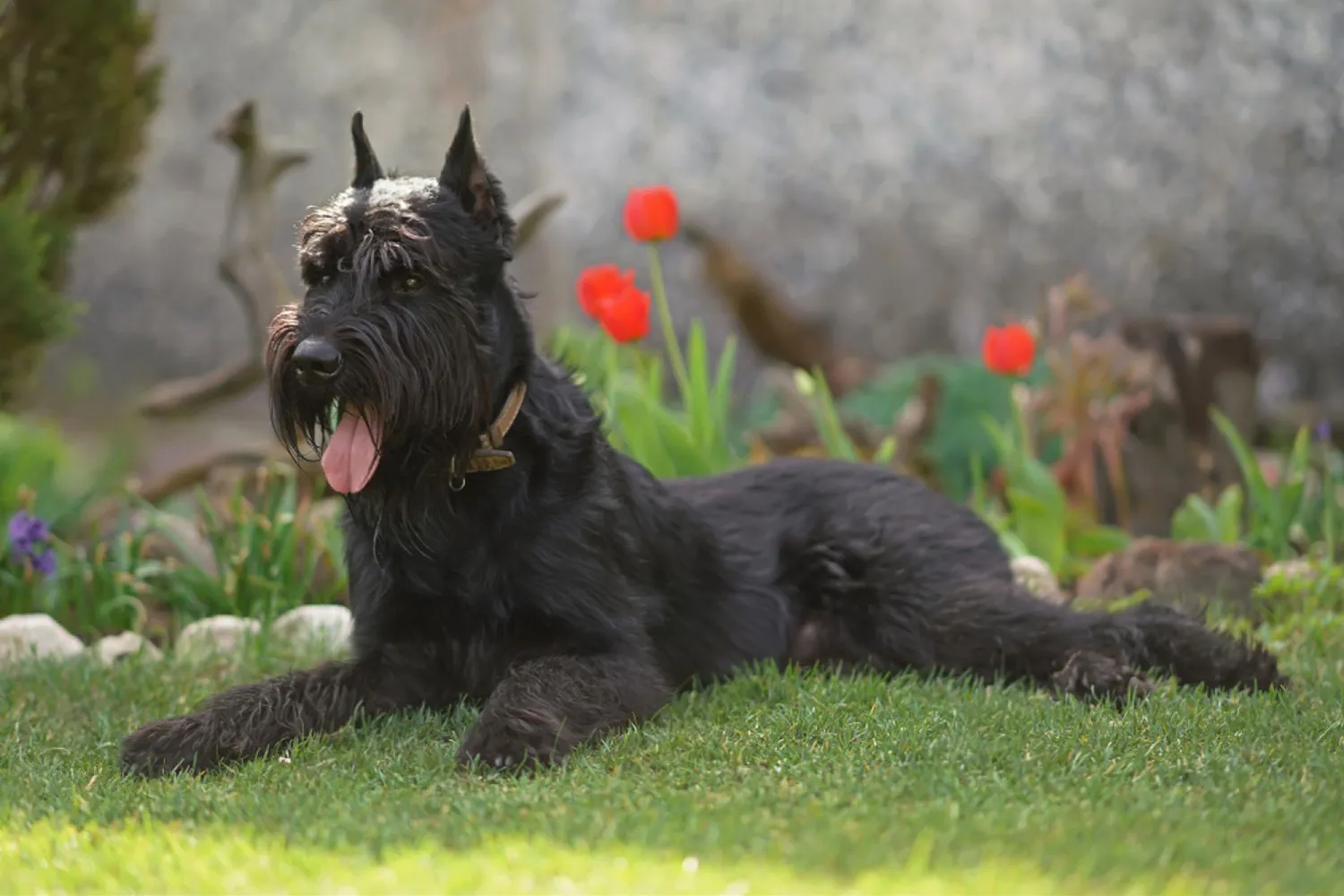
What is the lifespan of a Giant Schnauzer?
Despite their impressive size, Giant Schnauzers tend to stick around for a good long while. Most live about 12-15 years, which is a lovely stretch of time for adventures, muddy paw prints, and a whole lot of goofy grins. My neighbor’s Giant Schnauzer, Fritz, made it to 14 and was still trotting proudly around the block with his distinguished silver beard swaying in the breeze.
Keeping them in that healthy range comes down to the basics done well: regular exercise to burn off that working dog energy, a balanced diet to support those big muscles, and consistent vet checkups. I like to mix in brain games snuffle mats and short training refreshers because a busy mind keeps them young at heart. Don’t forget grooming and nail care; a comfortable dog moves better, which helps their joints as they age. With a little planning and a lot of love, you’ll get a decade or more of pure, loyal fun.
How Much Should a Giant Schnauzer Eat?
Puppy appetites in this breed are no joke, and they’re not like your average sized pups. Giant Schnauzer puppies do best with a large breed puppy formula and several small meals a day (usually three to four) to support steady growth without packing on too much too fast. As they mature, most adults land around 3 to 4 cups of quality dog food per day, split into two meals. That’s the sweet spot for many Giants I’ve known, including my neighbor’s big goof, Otto but always adjust for activity level and the calories per cup on your specific food.
I like to use a proper measuring cup and keep an eye on body condition: you should feel ribs under a light layer, not see them. Treats count too, so I swap a bit of kibble on training days. Because Giant Schnauzers can be prone to gastric torsion (bloat), I avoid one giant meal, slow down fast eaters with a puzzle or slow bowl, and skip intense fetch right before and after feeding. My own rule of thumb is a calm hour on either side of meals. It’s simple, and it keeps those big tummies happy.
Giant Schnauzer FAQs
Are Giant Schnauzers good guard dogs?
Absolutely. These dogs are bold, watchful, and naturally protective, with a deep bark that could make even a cheeky raccoon think twice. They form strong bonds with their people and tend to keep a steady eye on the perimeter my neighbor’s Giant, Otto, used to do a slow patrol of the windows every evening like it was his night shift. The key is channeling that instinct the right way: early socialization and consistent training help them learn who’s a welcome guest and what real danger looks like. Teach a solid “place” and “quiet” cue, give them jobs (obedience drills, scent games, even carrying a pack on hikes), and you’ll have a guardian who’s confident, reliable, and calm.
Are all Giant Schnauzers black?
Not all. While you’ll see lots of sleek, jet black Giants, the AKC recognizes two colors: black and salt and pepper. Salt and pepper is that classic mix of black and white hairs that reads as a cool, smoky gray sometimes you’ll catch silvery highlights in the sunlight. I’ve always loved how their eyebrows and beards can have a few peppery flecks that give them a wise, professor look. Just a note from the grooming side: regular brushing and professional grooming keeps their harsh coat tidy and helps the color look its best. I book trims every 6-8 weeks and keep a lint roller by the door those whiskers collect water like tiny paintbrushes after a drink.
Do Giant Schnauzers suffer from separation anxiety?
They can, especially if they’re left alone for long stretches. Giants are very people oriented and don’t love being away from their pack. When I fostered a Giant named Bear, we started with tiny “alone time” sessions: five minutes behind a baby gate while I folded laundry, then gradually longer. Crate training as a cozy den, puzzle feeders, and frozen stuffed Kongs made a huge difference. Keep departures and arrivals low key, add a midday dog walker if you’re gone a lot, and load up on mental exercise sniffy walks and training games take the edge off. If you see signs like pacing, drooling, or destructive chewing, talk to a trainer or your vet early; it’s much easier to build confidence than to fix full blown anxiety later.
Are Giant Schnauzers ideal for first time dog owners?
They might not be the best fit for most first timers. Giants are big, strong, smart, and wonderfully attention seeking meaning they will outthink you if you aren’t prepared. They need plenty of daily exercise, clear boundaries, and consistent training to shine. That said, a committed first time owner with a good support system (trainer, classes, a reputable breeder or rescue) can do well. A friend of mine adopted a Giant and spent the first few months in “boot camp” mode: obedience classes twice a week, structured walks, and lots of brain work at home. It was a whirlwind, but the payoff was a well mannered, hilarious companion. If you’re considering a Giant as your first dog, meet a few adults in person, be honest about your time and energy, and budget for training and grooming from day one.
Disclaimer:
This article is for informational purposes only and doesn’t replace professional veterinary or training advice. Always consult a certified vet or dog trainer for guidance specific to your pup.
